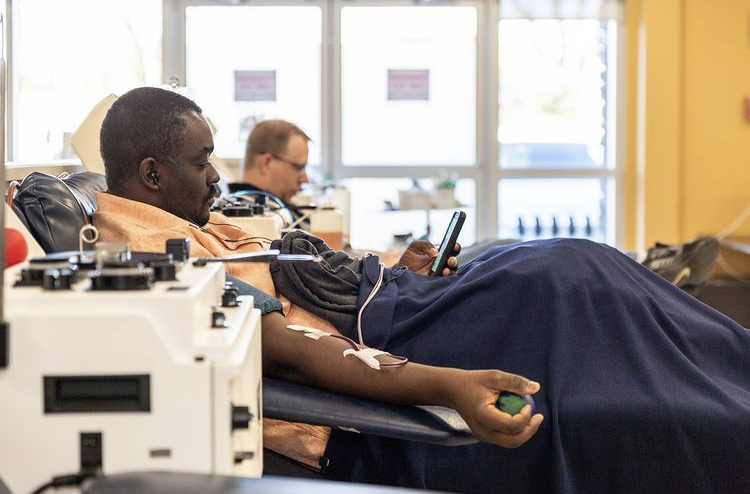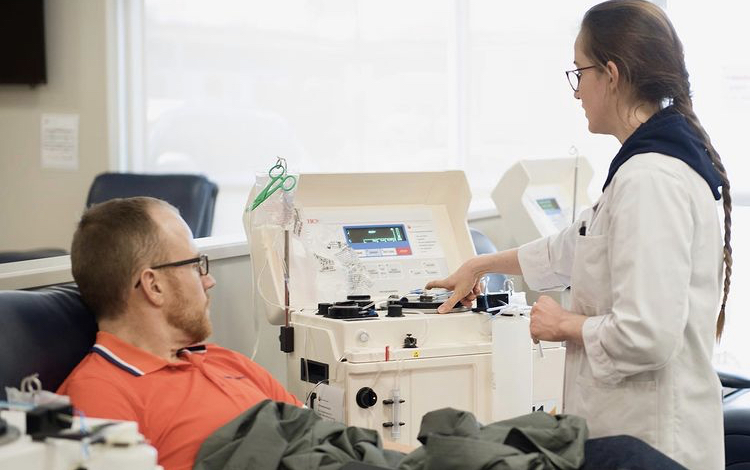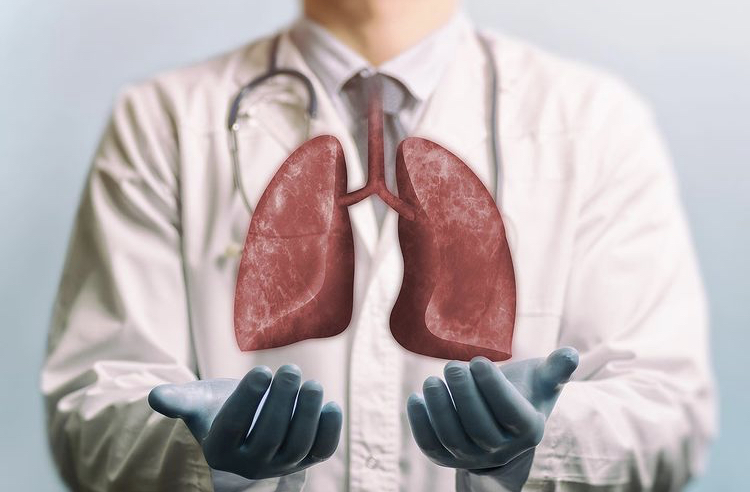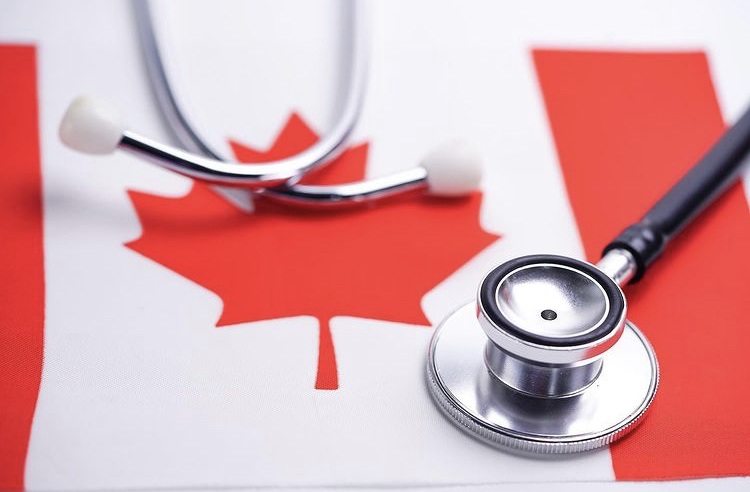Blog
September 20, 2019
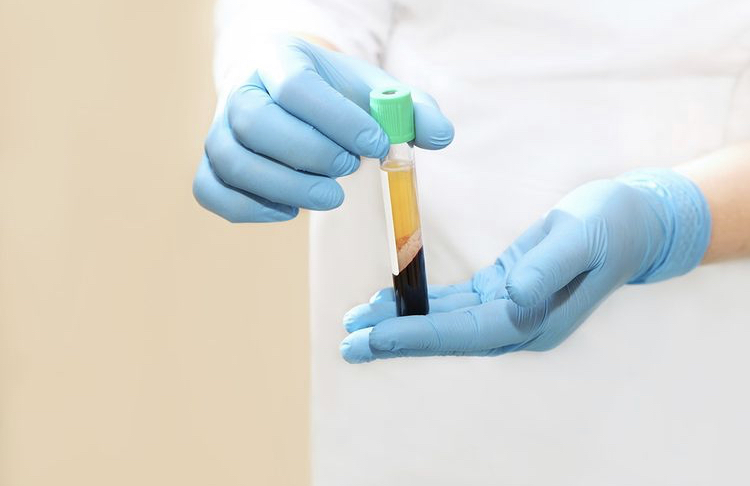
The human body is an incredible organism that is capable of performing fascinating feats. Plasma, the clear, straw-coloured liquid portion of blood, is one part of our bodies that is particularly intriguing when it comes to the body’s ability to heal itself. In fact, the healing properties of blood plasma have been found to be so effective that this blood component is now frequently used to accelerate the healing process from injuries including animal bites and burns. Here’s everything you need to know about how plasma is used to treat injuries from everyday accidents.
What’s In Blood Plasma?
Before getting into the logistics of how plasma treatments work, it’s important to first establish what exactly is contained in this liquid. Plasma, which makes up a total of 55% of your total blood volume, is mainly composed of water (a total of 90% by volume). Human plasma also contains glucose, mineral ions, hormones, carbon dioxide, clotting factors, and dissolved proteins.
The contents of plasma make it a great transporting medium for cells and a variety of other substances that are essential to bodily function, but it gets its healing properties mainly from the proteins contained within it. Plasma proteins help heal wounds via a metabolic process that supports tissue repair.
How Blood Plasma Is Used To Treat Injuries
Blood plasma has been used in the healthcare industry for some time now, but doctors and scientists continue to discover and improve upon the healing powers of this state of matter. The most common treatment method used to heal tissue with plasma is platelet-rich plasma (PRP) therapy.
During platelet-rich plasma therapy, concentrations of a patient’s own platelets that have been collected via a centrifuge are injected into injured areas. Activated platelets play a vital role in the body’s natural healing process and they have proven to be particularly effective at treating animal bites, burns, and pediatric HIV. Once concentrated platelets have been injected into injured tissue, growth factors that stimulate and increase the quantity of reparative cells produced by your body are released.
Other Uses of Blood Plasma
The healing powers of plasma aren’t just used to treat everyday injuries; this vital liquid is also used to treat a host of autoimmune conditions and immune deficiencies. In order to treat immunodeficiency diseases, plasma needs to be manufactured into lifesaving medicines. However, unlike the plasma treatments used to cure everyday injuries, the medicines used to treat those with immune deficiencies rely on a donor supply.
At DB Plasma, we wholeheartedly believe in the healing properties of plasma, which is why we’ve dedicated ourselves to creating lifesaving therapies for those in need. With that said, we can’t create these medicines on our own and donor plasma is an absolutely essential component of this process. Book your next appointment today and make a difference in someone’s life.


